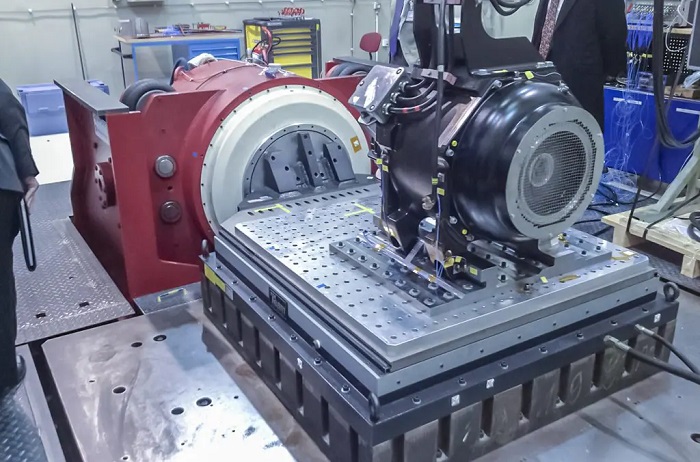Vibration testing lab is a crucial aspect of product design and development. It helps engineers to understand the structural integrity and durability of a product under extreme conditions. The primary objective of vibration testing is to identify the product’s weak points and resolve any issues before the product reaches the market. vibration testing lab is an integral part of the product development process, ensuring the product’s reliability and longevity.

What is Vibration Testing?
Vibration testing is the process of exposing a product to controlled levels of vibration in a laboratory setting. The product is mounted on a shaker table, which simulates real-life vibration conditions such as transportation, operation, or any other environmental factors. The product’s response to the vibration is measured, analyzed, and compared to the desired specification. This process helps engineers to identify any potential structural, mechanical, or electrical issues that could occur during real-life usage.
The Importance of Vibration Testing
Vibration testing lab plays a crucial role in ensuring product reliability and safety. It helps engineers to identify potential problems early in the development process, reducing the risk of product failure and increasing customer satisfaction. By exposing the product to extreme vibration conditions, engineers can validate the product’s design and identify any potential areas for improvement. This can result in cost savings, as it eliminates the need for costly recalls and repairs after the product has been released to the market.
Types of Vibration Testing
There are several types of vibration testing, each designed to test different aspects of the product’s performance. Some of the most common types of vibration testing include:
- Sinusoidal testing: This type of testing exposes the product to a constant and controlled level of vibration, typically at a single frequency.
- Random testing: This type of testing exposes the product to a random and unpredictable pattern of vibration, simulating real-life vibration conditions.
- Sine on Random testing: This type of testing combines sinusoidal and random testing, exposing the product to both constant and random vibration conditions.
The Equipment Used in Vibration Testing
A vibration testing laboratory typically consists of several pieces of equipment, including:
- Shaker table: This is the primary piece of equipment used for vibration testing. The product is mounted on the shaker table, which simulates the vibration conditions.
- Controller: The controller is used to regulate the vibration levels and frequency, ensuring that the product is exposed to the desired levels of vibration.
- Data acquisition system: The data acquisition system is used to measure the product’s response to the vibration, including displacement, velocity, and acceleration.
- Analysis software: The data collected during the testing is analyzed using specialized software, which helps engineers to identify any potential issues with the product’s design.

Conclusion
Vibration testing lab is a crucial aspect of product design and development. It helps engineers to identify potential issues with the product’s structural integrity and durability, ensuring that the product is reliable and safe for use. With the help of specialized equipment and software, vibration testing enables engineers to validate the product’s design and make any necessary improvements before the product reaches the market.








